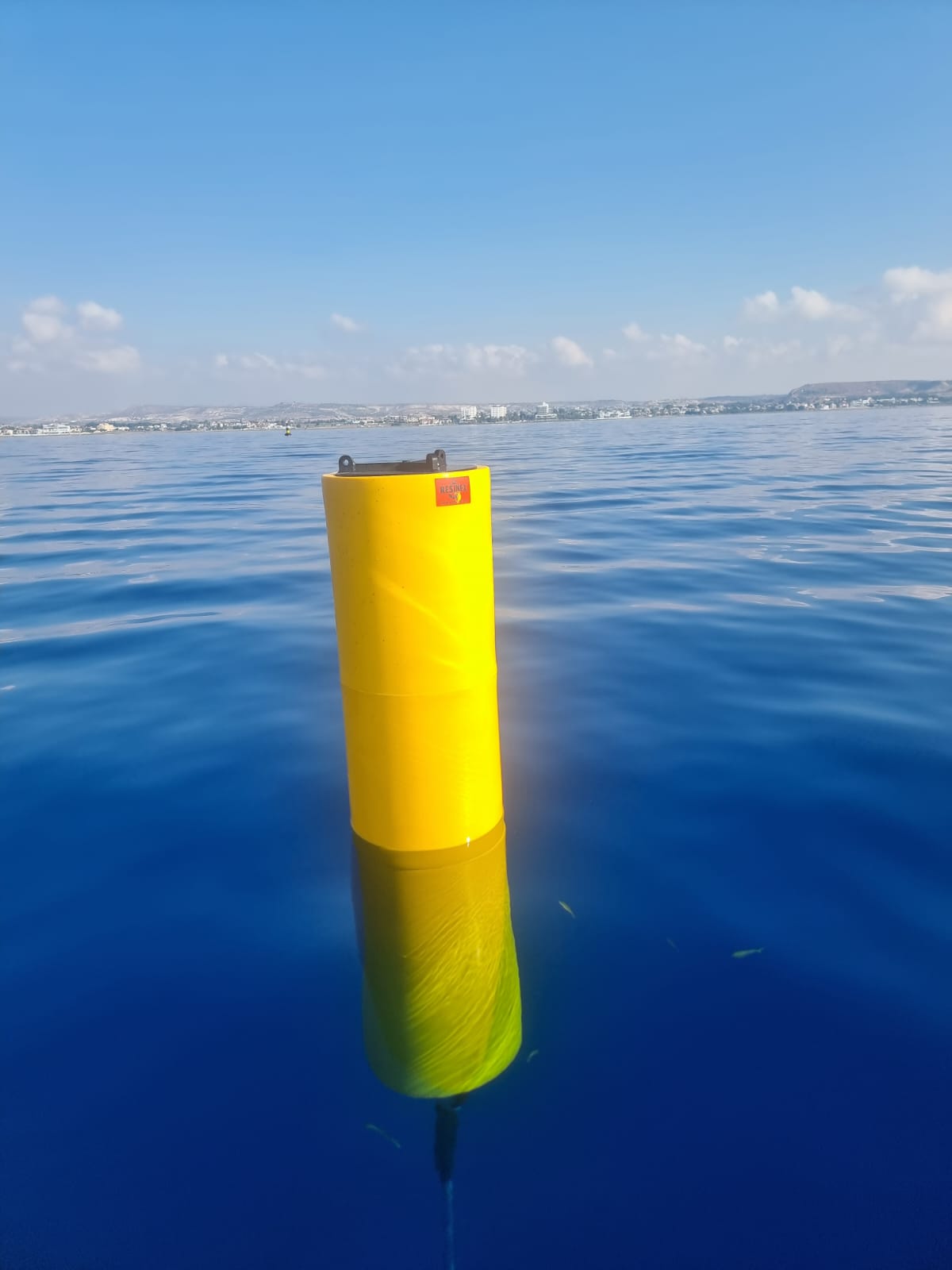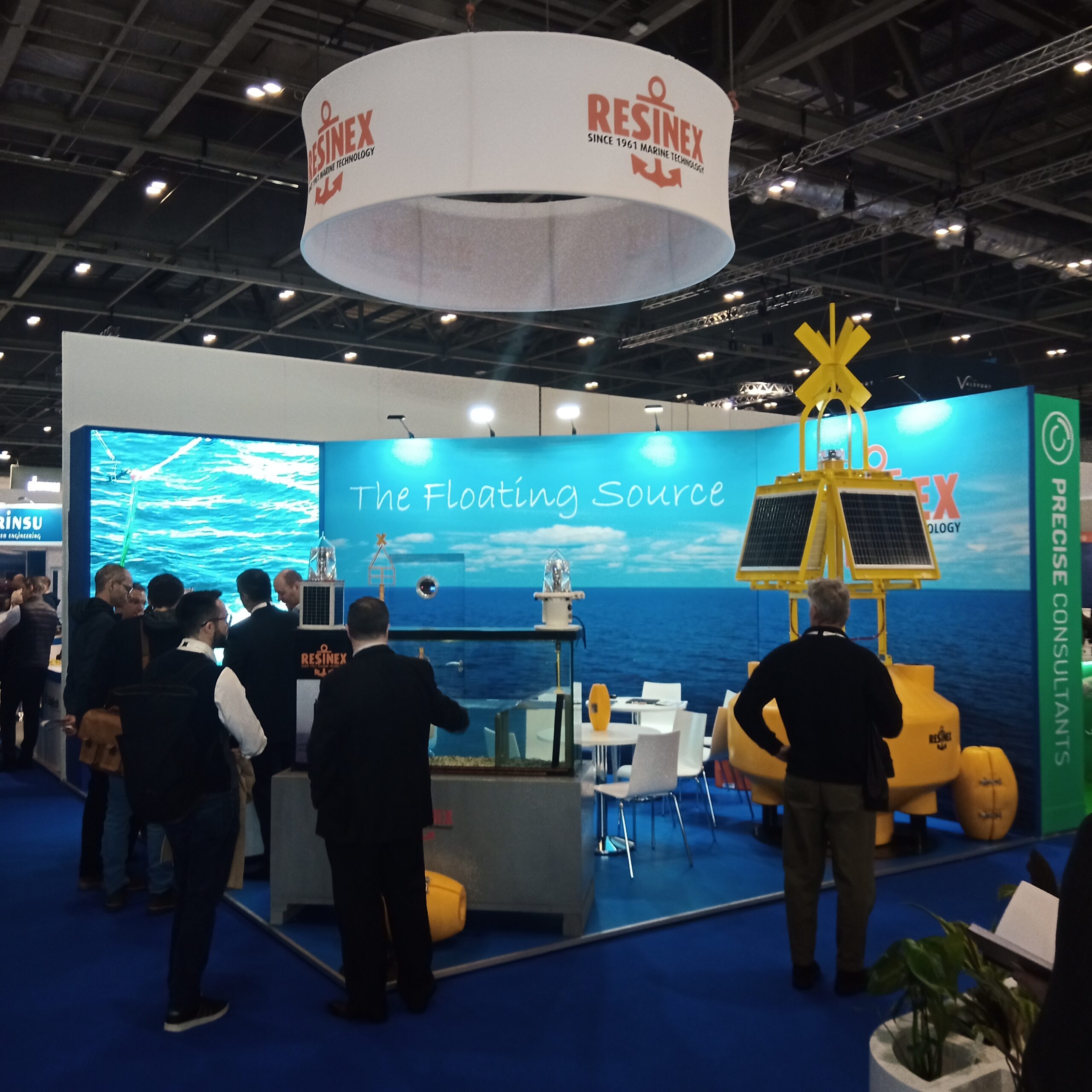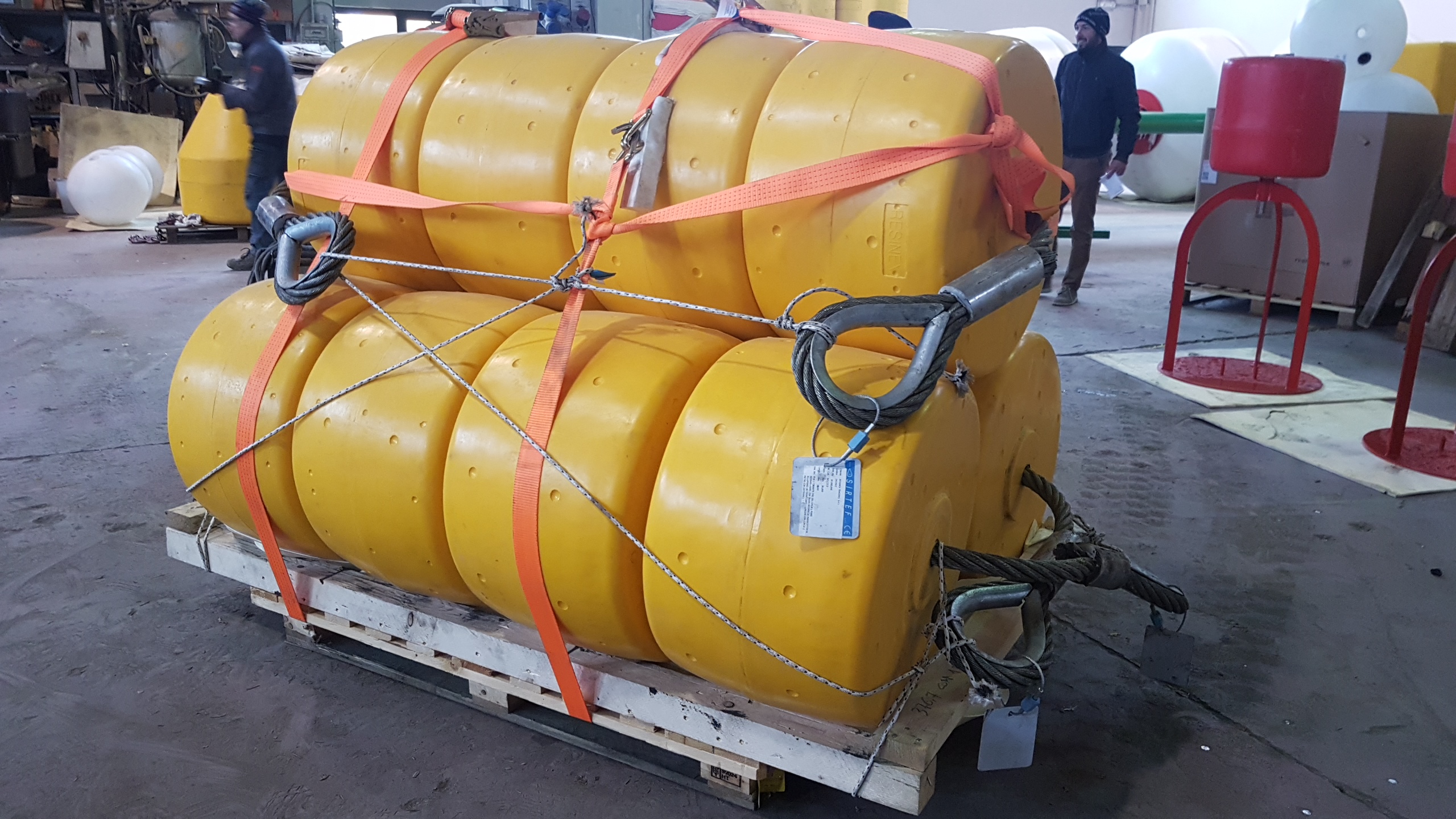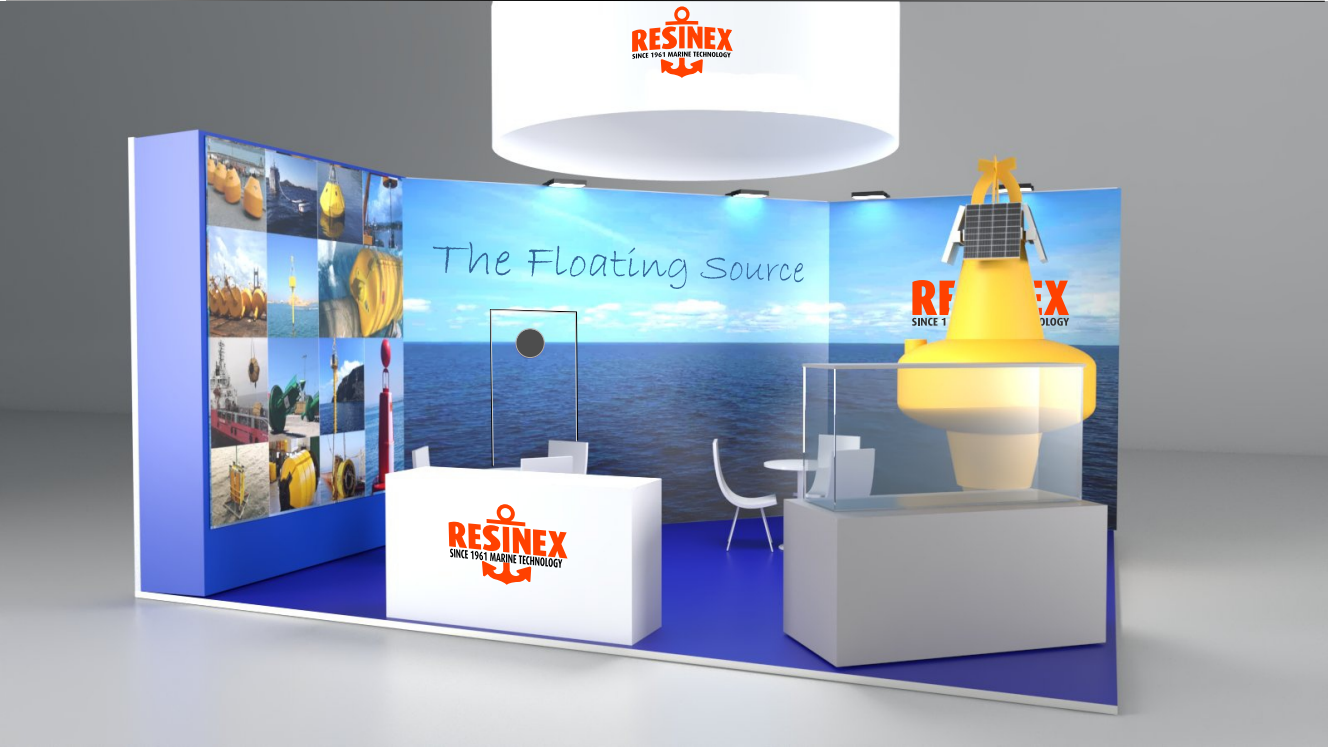In 2018 Resinex supplied to NIWA, the National Institute of Water and Atmospheric Research of New Zealand, n° 30 syntactic foam half blocks for a research on the resilience of deep-sea benthic communities to the effects of sedimentation.
The purpose of this project was to undertake a sediment disturbance experiment to investigate the impacts of a sediment plume on deep-sea benthic communities. This type of investigation is highly relevant given the current world-wide interest in the deep-sea mining of minerals. The work was undertaken on the Chatham Rise, in the south-east of Wellington, New Zealand.
Three landers were each equipped with Resinex syntactic foam floats rated to 6000 m. A variety of instruments were attached including acoustic doppler current profilers, turbidity sensors, Seabird MicroCATs, a video camera and light, a 5-litre Niskin water bottle, an Ecotriplet, and a sediment trap.
Power was supplied by 12- and 24-volt batteries. Benthos R-12k acoustic releases were used to recover the landers at the end of the experiment. The three landers have approximate dimensions of 1.5 x 1.5 x 2.5 m (LxWxH) and weigh about 1075 kg in air with all instruments and flotation attached.
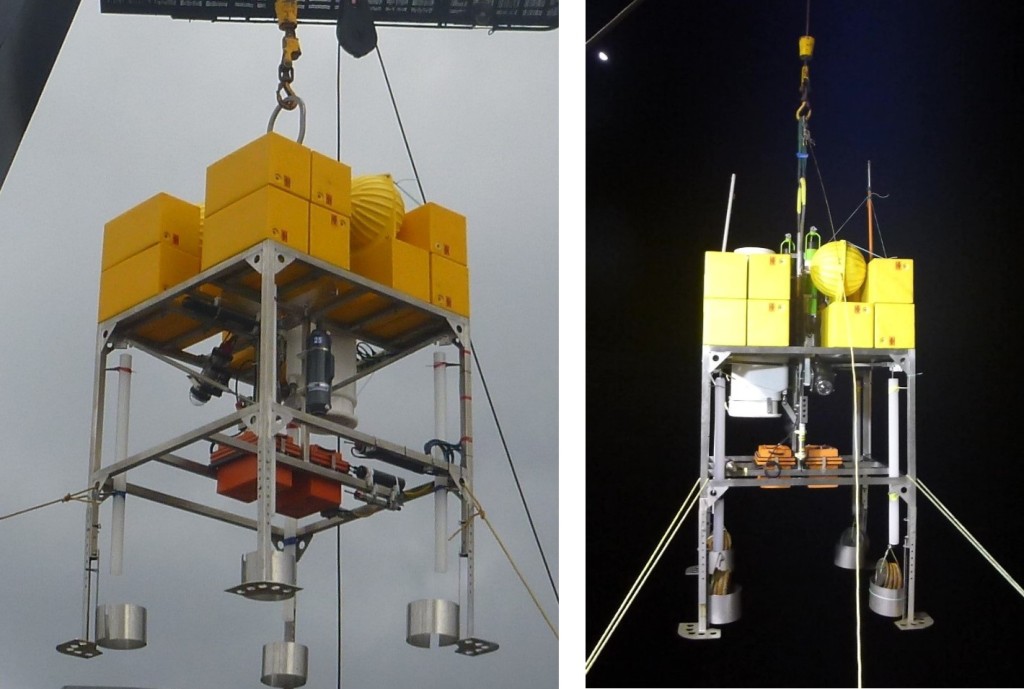
In 2018, Resinex provided New Zealander NIWA, the National Institute of Water and Atmospheric Research, with 30 syntactic foam modules for a research project on the resilience of deep-sea benthic communities to the effects of sedimentation.
The landers were modelled closely on those operated by Prof. Ronnie Glud of the University of Southern Denmark as reported in Issue #22 of Resinex News. The stainless-steel frames were built specifically to accommodate instruments to be deployed on the voyage to measure near-seabed physical processes and to collect samples and data on particle dynamics in the water column close to the seafloor.
The landers were deployed across an area scientists expected would cover the sediment plume gradient as predicted by the hydrodynamic modelling, to measure the size, density and biochemical composition of the particles in the plume.
Lander 1 was deployed about 500 m outside the area of disturbance, lander 2 approximately 2 km away from the disturbance area and lander 3 further to the north-east about 4 km away.
After 10 days the acoustic releases were triggered, and the landers made their way slowly back to the surface.
This was the first time these landers had been used, and their deployment and recovery were a complete success.

